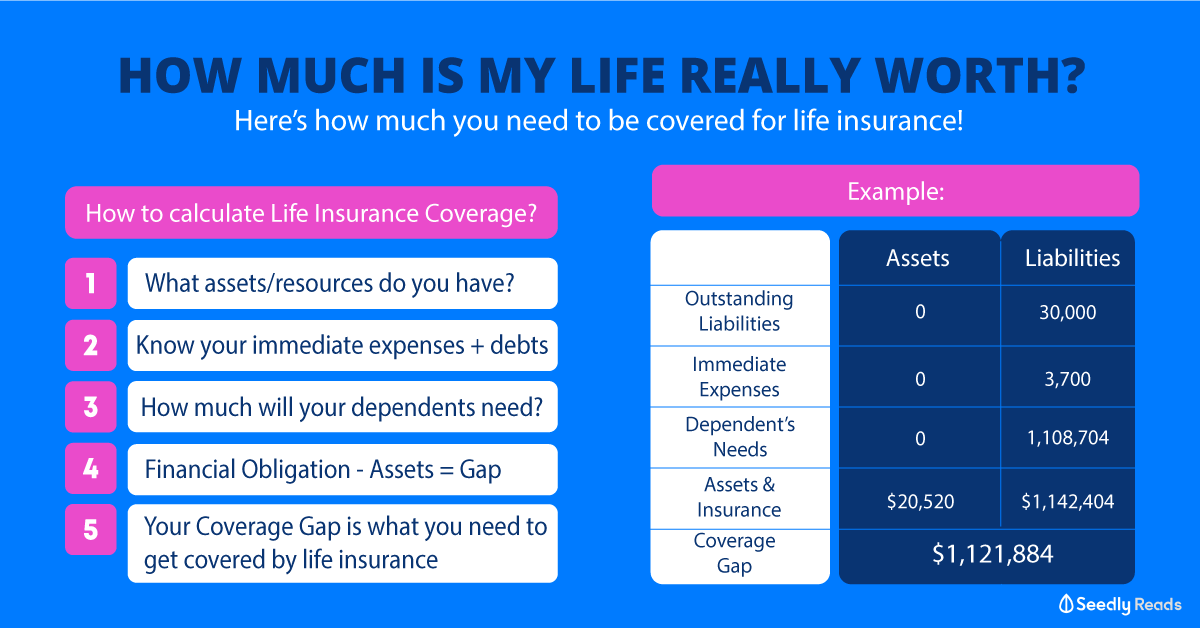Advertisement
Anonymous
How much more electricity will be used up if I switch to smart home products which require me to leave the electricity on all the time as compared to before when I only switch on the appliance when I need to.
I stay in a 4-room flat
3
Discussion (3)
Learn how to style your text
Reply
Save
Fergus Tan
16 Jul 2019
Senior Partner at Vision Advisory Management
Most smart home products tend to be low electric consumptions by itself, but it will be impossible to give you the exact number without knowing the product. Also, to be honest, Singapore's electric is actually pretty affordable versus our cost of living.
Let me give you an example.
I use Sembcorp power, so I use that as a gauge. It costs less than 18cents per kWh (depending on your promo rate)
Xiaomi Mijia's CCTV uses a USB adapter with a MAX draw of 5V x 1A or 5W. On youtube (https://www.youtube.com/watch?v=4pMQtkOGJqU), you would find that typical use consumption is about 300mA. So what this means is that if you leave it on 24/7, it will cost about 0.3 x 5 x 24 x 30 = 1080Wh or 1kWh. So it will cost you 18cents of electricity to operate the CCTV
Google nest hub, which is the newer version of a google display+speaker smart home automation device, has a 15W adaptor (ie, max power draw before it explodes). Typical use should be less than 50% of max power draw, which means it will cost you 7w x 24 x 30 = 5040, or 5kWh. This will cost you $1 per month. (In fact, if you look at https://www.the-ambient.com/features/power-smar... it shows you the standby cost, because it's assumed you are not having the screen on 24/7)
One of the biggest item could be that you have a desktop running 24/7 at home. A typical desktop might have a 700W power supply unit, and on a typical use, it will draw 200W/h typically, and it will draw about 70W/h on standby. Assuming you use it 4 hours continuously in a day.. That means your cost is (4 70 + 20 200) * 30 = 128kWh or $23/mo
Hence in summary, most smart home devices are very low in power draw. This is due to bluetooth low energy, large amount of time spent on standby mode, and the use of LED to save power. This is coupled to fairly affordable power cost in Singapore, which means you really don't have to worry much, because your starbucks coffee costs more
Reply
Save
Nicholas Tan Yi Da
23 Apr 2019
Engineering Systems and Design at SUTD
Well, expect more electricity to be used up as these appliances are to be on all times as what you m...
Read 1 other comments with a Seedly account
You will also enjoy exclusive benefits and get access to members only features.
Sign up or login with an email here
Write your thoughts
Related Articles
Related Posts
Related Products
Tuas Power
4.8
2078 Reviews
Tuas Power PowerFIX 36 Plan
Fixed rate of $0.2747/kWh
PLAN TYPE
27.47
RATE
36m
CONTRACT
Senoko Energy
4.8
790 Reviews
Ohm Energy
4.9
363 Reviews
Related Posts
Advertisement









I will guess a 5-10% more, but I may be wrong